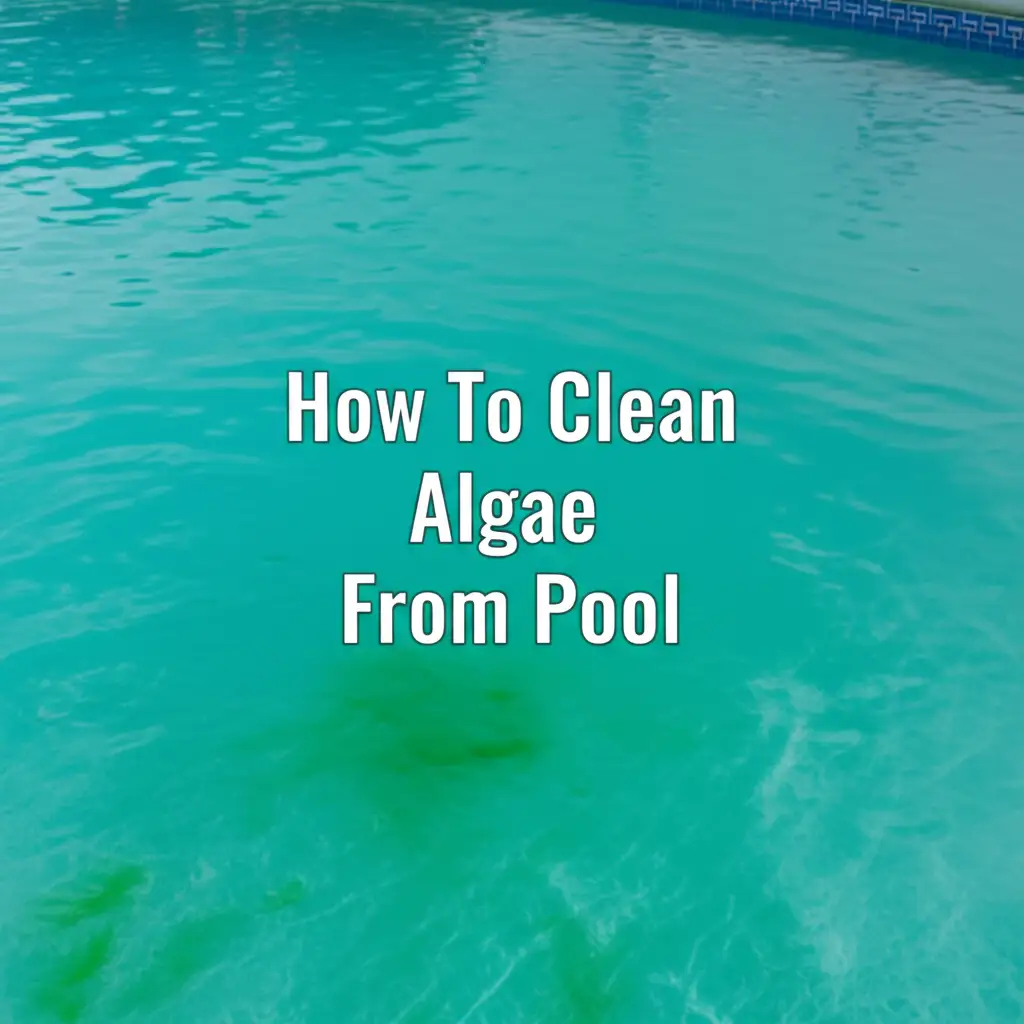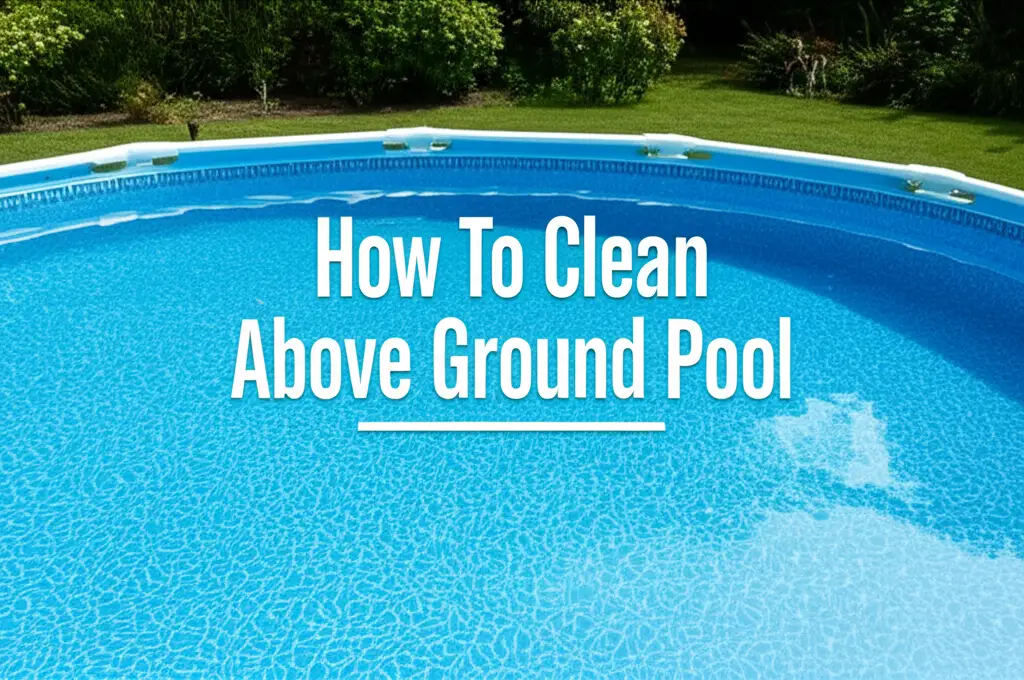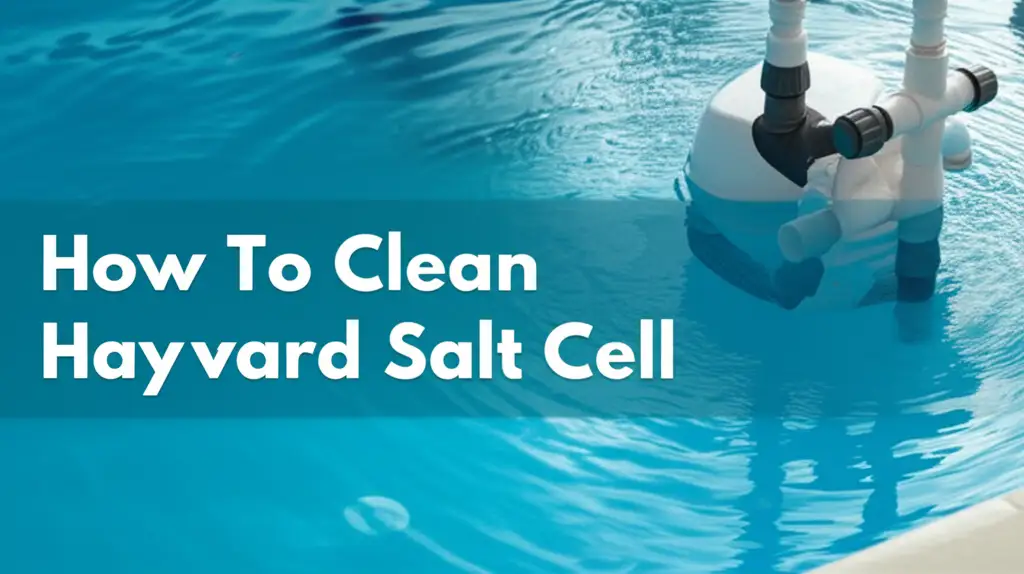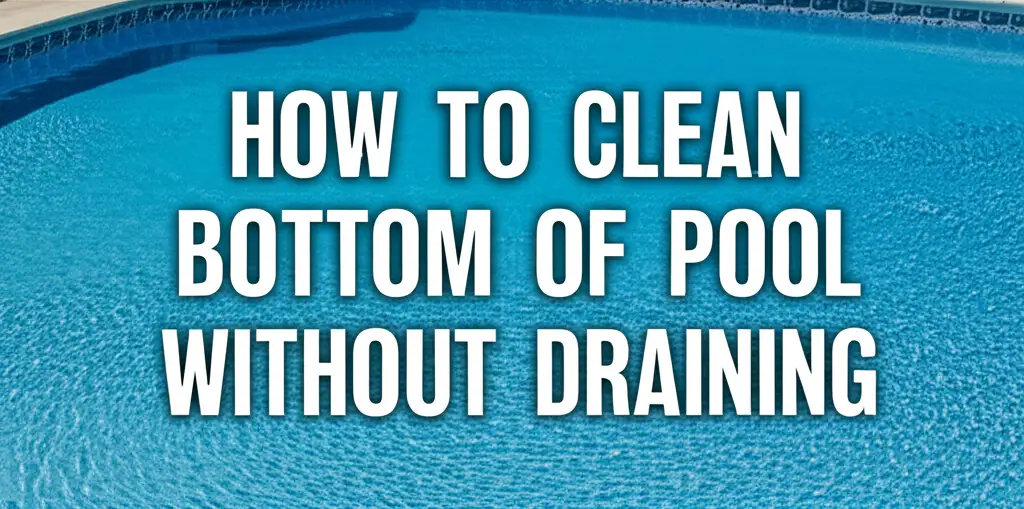· Pool Maintenance · 7 min read
How To Clean A Pool Without Draining It
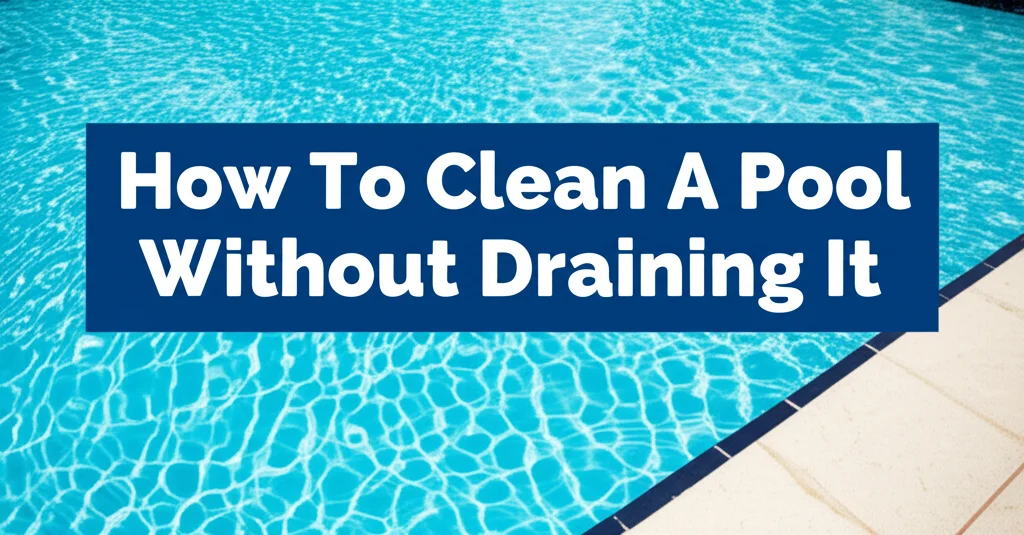
Keeping Your Pool Sparkling: How To Clean A Pool Without Draining It
Is your pool looking a little less inviting? You don’t always need to drain it to get it back to its sparkling best. Draining a pool is a significant undertaking – costly, time-consuming, and potentially damaging. Fortunately, you can tackle most common pool cleaning issues without resorting to a full drain. This guide will walk you through the essential steps to clean your pool effectively, saving you water, money, and a lot of effort. We’ll cover everything from skimming and vacuuming to balancing your water chemistry, ensuring a healthy and enjoyable swimming experience.
Takeaway:
- Regular skimming removes surface debris.
- Vacuuming eliminates settled dirt and algae.
- Maintaining proper water chemistry prevents algae growth.
- Cleaning the filter ensures efficient water circulation.
Can you clean a pool without draining it?
Yes, absolutely! Most routine pool cleaning and maintenance can be done without draining the water. This includes removing debris, vacuuming, balancing chemicals, and even tackling algae blooms. Draining is usually only necessary for major repairs or resurfacing.
1. The Importance of Regular Skimming & Surface Cleaning
Let’s start with the easiest and most frequent task: skimming. Regularly skimming your pool removes leaves, bugs, and other floating debris before they sink to the bottom. This prevents staining and reduces the load on your filter. A clean pool surface looks more inviting and minimizes the growth of algae.
- Skim daily, or at least every other day, during peak seasons.
- Use a leaf rake for larger debris that the skimmer can’t handle.
- Pay attention to corners and areas with less water circulation.
- Consider using a robotic pool cleaner for automated surface cleaning.
For a deeper clean of the waterline, where grime tends to accumulate, you can use a pool tile cleaner. This will remove any buildup and restore the shine. If you’re dealing with a stubborn ring, check out this guide on how to clean a ring around the pool liner for effective solutions.
2. Vacuuming Your Pool: Getting Rid of Settled Debris
Even with regular skimming, debris will inevitably settle at the bottom of your pool. Vacuuming removes this settled dirt, algae, and other particles, keeping your pool looking pristine. There are three main types of pool vacuums: manual, automatic suction-side, and robotic.
- Manual vacuums require you to physically push the vacuum head across the pool floor.
- Automatic suction-side vacuums connect to your skimmer and use the pool’s pump to move around and vacuum.
- Robotic vacuums are self-contained units that scrub and vacuum the pool floor and walls independently.
Before vacuuming, ensure your filter is clean. A clogged filter will reduce suction and make the process less effective. You can learn more about maintaining your pool filter with this article on how often should you clean the pool filter.
3. Balancing Your Pool Chemistry: The Key to Clear Water
Proper water chemistry is crucial for preventing algae growth and maintaining a healthy swimming environment. Imbalanced water can lead to cloudy water, skin irritation, and damage to your pool equipment. The key parameters to monitor are pH, alkalinity, calcium hardness, and sanitizer levels (chlorine or bromine).
- pH: Aim for a pH between 7.2 and 7.8.
- Alkalinity: Maintain alkalinity between 80 and 120 ppm.
- Calcium Hardness: Keep calcium hardness between 200 and 400 ppm.
- Sanitizer: Maintain appropriate chlorine or bromine levels according to your pool type and usage.
Test your water regularly (at least once a week) using a test kit or strips. Adjust the levels as needed using appropriate pool chemicals. Understanding your pool chemistry is vital, and resources like this one on how to keep your pool crystal clear can be incredibly helpful.
4. Dealing with Algae Without Draining
Algae growth is a common pool problem, but it doesn’t always require draining. Green algae, black algae, and yellow algae (mustard algae) each require slightly different treatment approaches.
- Green Algae: Shock the pool with a high dose of chlorine. Brush the pool walls and floor to dislodge the algae, then vacuum it up.
- Black Algae: This is more difficult to remove. Brush vigorously with a steel brush, then shock the pool and use an algaecide specifically designed for black algae.
- Yellow Algae: Shock the pool and use a yellow algae-specific algaecide.
After treating the algae, run your filter continuously until the water is clear. Remember to backwash your filter after shocking the pool. If you’re struggling with persistent algae, consider consulting a pool professional.
5. Filter Maintenance: Ensuring Efficient Cleaning
Your pool filter is the heart of your cleaning system. A clean filter efficiently removes dirt and debris, keeping your water clear. There are three main types of pool filters: sand, cartridge, and diatomaceous earth (DE).
- Sand Filters: Backwash regularly (when the pressure gauge reads 8-10 psi above normal).
- Cartridge Filters: Remove and clean the cartridge with a hose when the pressure gauge rises.
- DE Filters: Backwash when the pressure gauge rises, and periodically add more DE powder.
Regular filter maintenance extends the life of your filter and ensures optimal performance. Knowing how often to clean the pool pump basket is also crucial for maintaining good water flow.
6. Addressing Specific Pool Surfaces
Different pool surfaces require different cleaning approaches. For example, cleaning a fiberglass pool requires gentle methods to avoid scratching the surface.
- Vinyl Pools: Use a soft brush and avoid abrasive cleaners.
- Gunite Pools: Can withstand more aggressive cleaning, but avoid harsh chemicals that can damage the surface.
- Fiberglass Pools: Use a pH-neutral cleaner and a soft brush.
If you have a fiberglass pool, you might find this guide on how to clean a fiberglass pool particularly useful.
7. Preventing Future Cleaning Issues
Prevention is always better than cure. By following these tips, you can minimize the need for extensive cleaning:
- Keep your pool covered when not in use.
- Trim trees and shrubs around your pool to reduce leaf debris.
- Encourage swimmers to shower before entering the pool.
- Regularly test and balance your water chemistry.
- Maintain a consistent cleaning schedule.
Frequently Asked Questions (FAQ)
Q: How often should I clean my pool if I don’t drain it?
A: A consistent schedule is key. Skim daily, vacuum at least once a week, and test/balance your water chemistry weekly. Deep cleaning, like filter maintenance, should be done monthly or as needed.
Q: Can I use bleach to clean my pool?
A: While bleach (sodium hypochlorite) can be used as a shock treatment, it’s crucial to use it carefully and follow the instructions precisely. It’s generally better to use a dedicated pool shock product.
Q: What’s the best way to remove stains from my pool?
A: The best approach depends on the type of stain. Organic stains (leaves, berries) can often be removed with vitamin C. Metal stains require a stain remover specifically designed for metals.
Q: How do I know when my filter needs cleaning?
A: A good indicator is a rise in pressure on the filter gauge (8-10 psi above normal). Also, if your water isn’t filtering properly or is becoming cloudy, it’s time to clean or backwash your filter.
Q: Is it possible to clean a pool that has been neglected for a long time without draining it?
A: It’s challenging, but possible. It will require multiple shock treatments, thorough brushing, and potentially the use of an algaecide. It may be best to consult a pool professional in this case.
Conclusion
Cleaning your pool without draining it is entirely achievable with a consistent routine and the right approach. By prioritizing regular skimming, vacuuming, water chemistry balancing, and filter maintenance, you can enjoy a sparkling clean and healthy pool all season long. Remember, preventative measures are key to minimizing cleaning efforts. Don’t hesitate to seek professional help if you encounter persistent problems. Keeping your pool clean doesn’t have to be a daunting task – with a little effort, you can maintain a beautiful and inviting oasis for years to come.
- pool cleaning
- pool maintenance
- pool care

